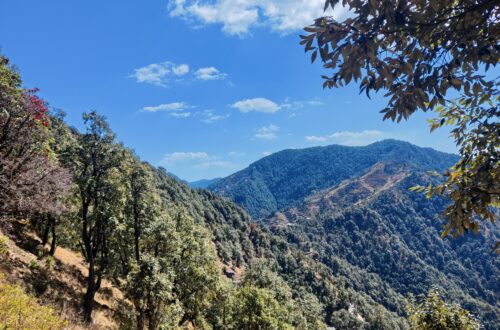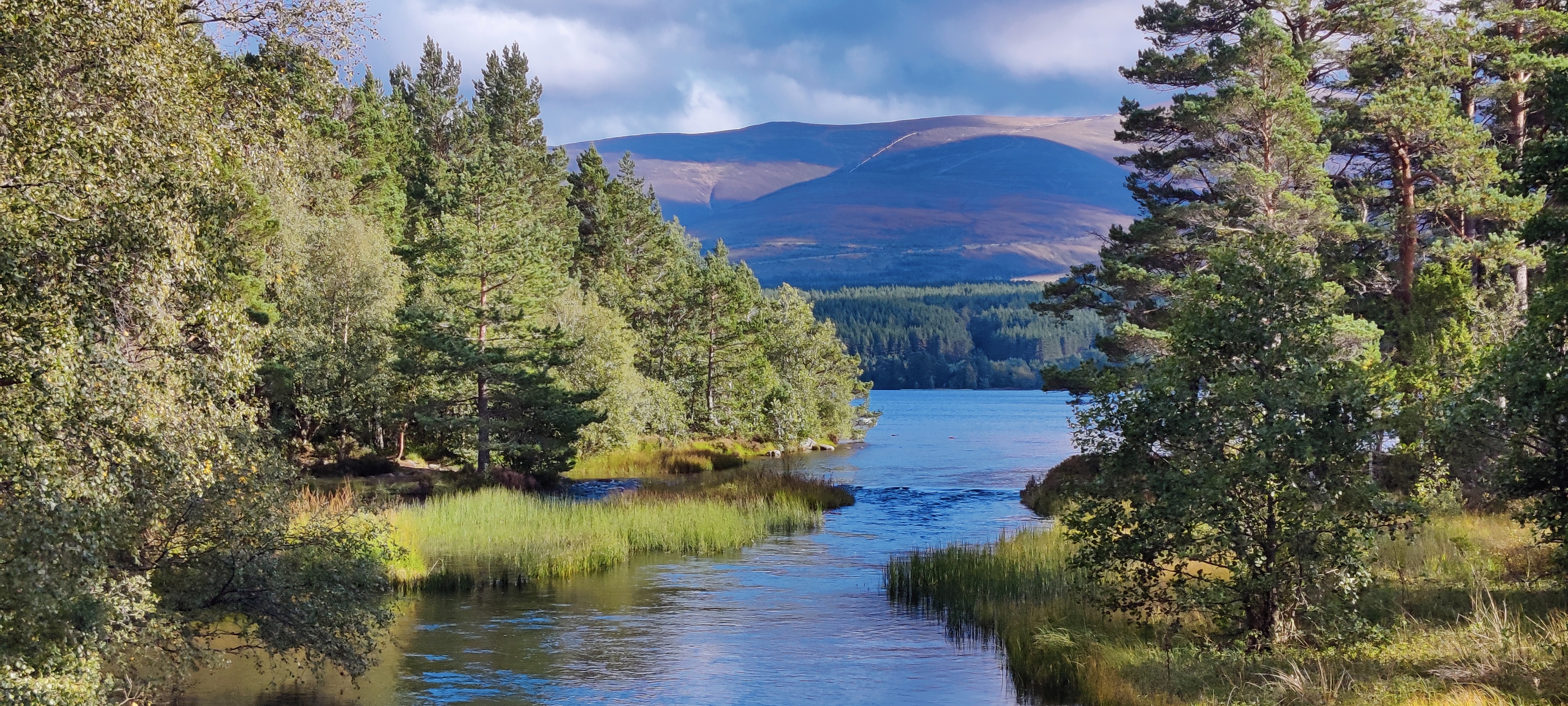“This island has to be saved for its trees, it has to be saved for its animals, it is a part of a reserve forest, it belongs to a project to save tigers, which is paid for by people from all around the world.” Everyday, sitting here, with hunger gnawing at our bellies, we would listen to these words, over and over again. Who are these people, I wondered, who love animals so much that they are willing to kill us for them? Do they know what is being done in their names? Where do they leave, these people, do they have children, do they have mothers, fathers? As I thought of these things it seemed to me that this whole world has become a place of animals, and our fault, our crime, was that we were just human beings trying to live as human beings always have, from the water and the soil. No human being could think this a crime unless they have forgotten that this is how humans have always lived – by fishing, by clearing land and by planting the soil.”
– The Hungry Tide, Amitav Ghosh
This is what came to our minds when we heard about the man-animal conflict at Nannaj. At a teashop in Nannaj village, we met two locals – Salim Ansari and Sohail – who help with the research on the ‘extent of crop destruction by blackbucks.’ According to Salim and Sohail, crop destruction by blackbucks is so extensive that many small farmers have given up cultivating their land. The only solution to this problem is erecting fences around the farm, which is not affordable by small farmers. Those who have the wherewithal to do this save their crops. The state government offers Rs 800/- per acre of damaged crop as compensation. To claim this money, farmers need to submit photographs as proof of damage and a host of documents. Still, this meager amount comes to them only after many months. The cumbersome and delayed process deters the farmers from claiming the compensation. They take the easier, but painful way of giving up farming and working as labourers in bigger farms.

Though the picture is not as worse as depicted in The Hungry Tide, the small farmers at Nannaj are getting deprived of their livelihood. Blackbucks need to be protected. Human beings need to live. What can be done? Is there an organisation that can help them build fences and restart farming? Our agriculture and allied activities growth is estimated to diminish by 2% in 2009-10 due to poor monsoons. Do we need more farmers to forego farming in this dismal scenario?

Nannaj is 25 kms from Solapur on the Solapur-Barshi road. Solapur is 405 kms from Mumbai via Pune. Nannaj bird sanctuary is a protected area and is known for the endangered Great Indian Bustard. The area has also a good number of black bucks who often grazes in the farmlands causing crop damage. A few researchers from a couple of universities have been researching on this.




This is bound to happen. We are encroaching their habitat. The people inhabiting the area need to be re-located.
i’ve seen similar situation near maidanahalli in tumkur. on the other hand, there was so much of human invasion and cattle grazing within the sanctuary that blackbuck population is dwndling day by day
The only solution i see is to educate the farmers and other people living in the area and try to suppliment their income through the wildlife in the area by promoting tourism etc
The eternal conflict does seem to getting bigger and bigger….. it stares you in the face no matter where you go…. while the majority of the population is indifferent about it, even those of us who do care about such stuff don’t seem able to do much about it…